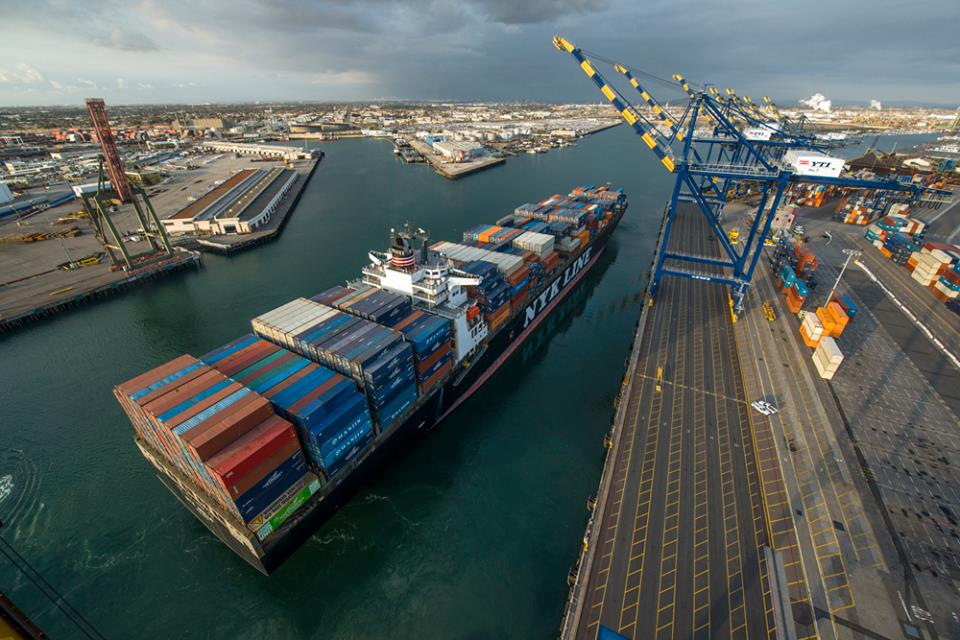The rate of import growth at the nation’s major retail container ports has begun to slow after double-digit surges earlier this year, but volume should nonetheless hit an all-time high by the end of the summer, according to the monthly Global Port Tracker report released by the National Retail Federation (NRF) and Hackett Associates.
“Year-over-year comparisons are slowing down, but that’s largely because we had some unusual numbers early this year and strong volume in the second half of last year,” NRF Vice President for Supply Chain and Customs Policy Jonathan Gold said. “Despite that, we’re expecting some of the largest import volumes we’ve ever seen, and that’s because retailers are responding to strong consumer demand.”
Ports covered by Global Port Tracker handled 1.61 million Twenty-Foot Equivalent Units (TEU) in April, the latest month for which after-the-fact numbers are available. That was up 4.8 percent from March and up 11.3 percent from April 2016. One TEU is one 20-foot-long cargo container or its equivalent. May was estimated at 1.69 million TEU, up 3.9 percent from the same time last year. June is forecasted at 1.64 million TEU, up 4.1 percent from last year; July at 1.68 million TEU, up 3.5 percent; August at 1.74 million TEU, up 1.6 percent; September at 1.64 million TEU, up 2.8 percent, and October at 1.69 million TEU, up 1.3 percent.
The August figure would be the highest monthly volume recorded since NRF began tracking imports in 2000, topping the 1.73 million TEU seen in March 2015. The May and October numbers would be among the five highest ever recorded. April’s 11.34 percent year-over-year figure and a 15.8 percent year-over-year increase in March were unusually high anomalies because of where Lunar New Year fell on the calendar and affected production at factories in Asia.
The first half of 2017 is expected to total 9.6 million TEU, up 6.4 percent from the first half of 2016. Cargo volume for 2016 totaled 18.8 million TEU, up 3.1 percent from 2015, which had grown 5.4 percent from 2014.
NRF has forecasted that 2017 retail sales – excluding automobiles, gasoline and restaurants – will increase between 3.7 and 4.2 percent over 2016, driven by job and income growth coupled with low debt. Cargo volume does not correlate directly with sales because only the number of containers is counted, not the value of the cargo inside, but nonetheless provides a barometer of retailers’ expectations. Hackett Associates Founder Ben Hackett said the falling rate of growth in imports has been reflected in lower industrial output growth at factories in China, which increased 6.5 percent in April compared with 7.6 percent in March and is expected to drop further when May numbers are released.
“We can assume that part of the reason for the lower-than-expected increase was due to continuing slow growth in the Western Hemisphere,” Hackett said. “Retail sales continue to hold up, but nothing coming out of Washington suggests an impetus to growth.” Global Port Tracker, which is produced for NRF by the consulting firm Hackett Associates, covers the U.S. ports of Los Angeles/Long Beach, Oakland, Seattle and Tacoma on the West Coast; New York/New Jersey, Hampton Roads, Charleston, Savannah, Port Everglades and Miami on the East Coast and Houston on the Gulf Coast.
Subscription information for non-members can be found at globalporttracker.com.















